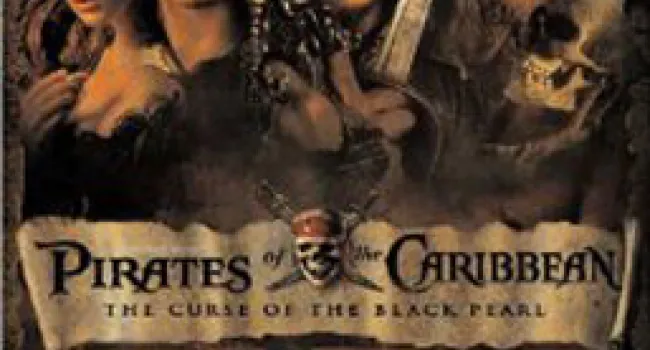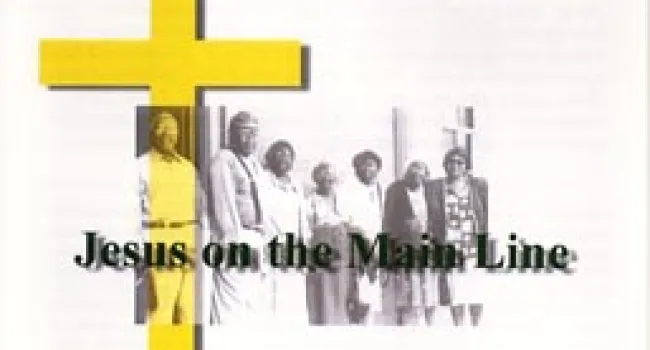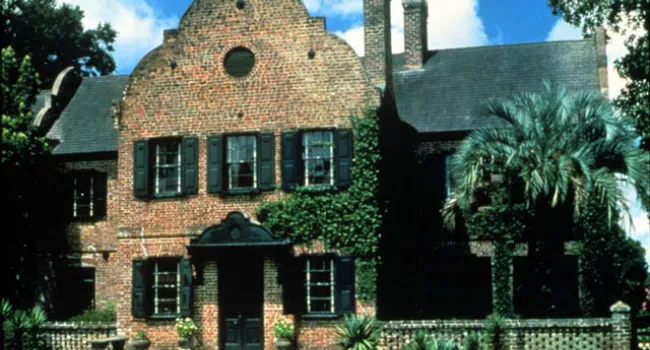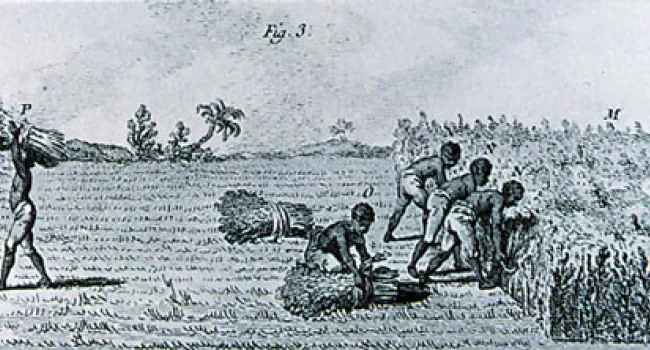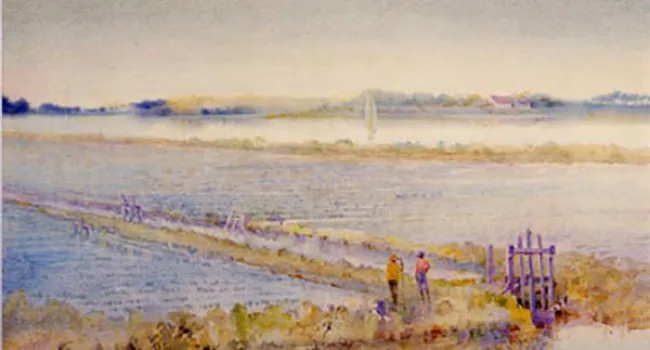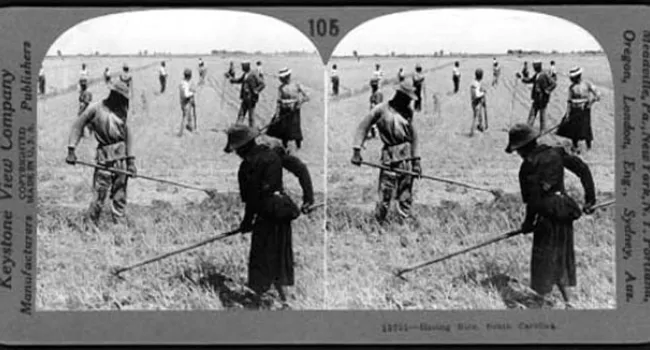
Pinckney, Eliza Lucas | South Carolina Public Radio
Audio
“P” is for Pinckney, Eliza Lucas [ca. 1722-1793]. Planter. Matriarch. Born in the West Indies, Eliza Lucas moved to South Carolina with her family in the 1730s. In 1739, her father returned to the...



